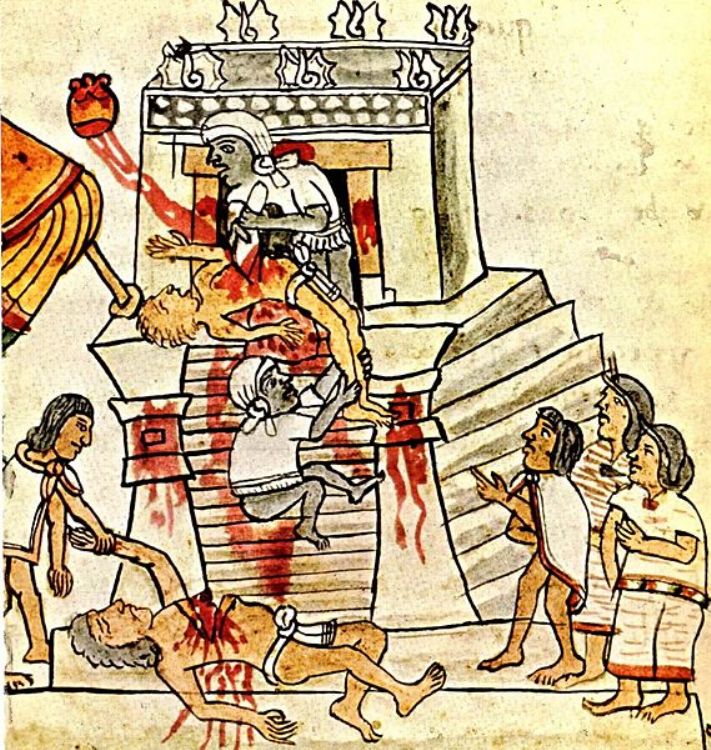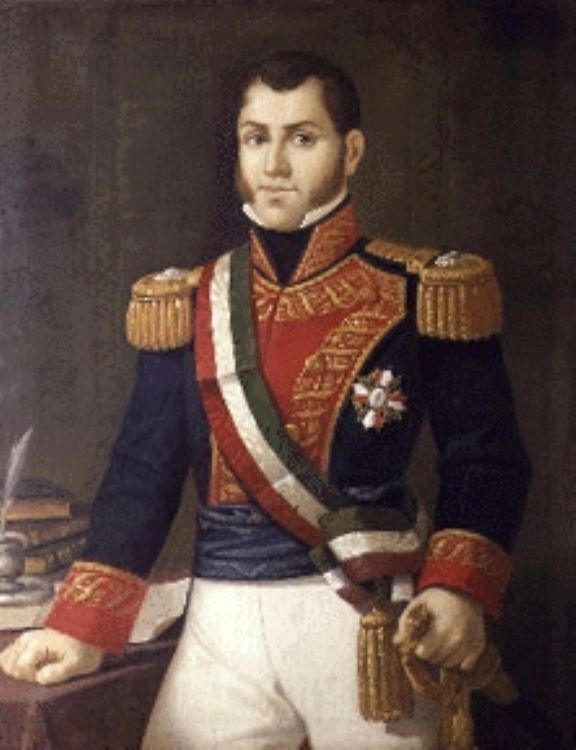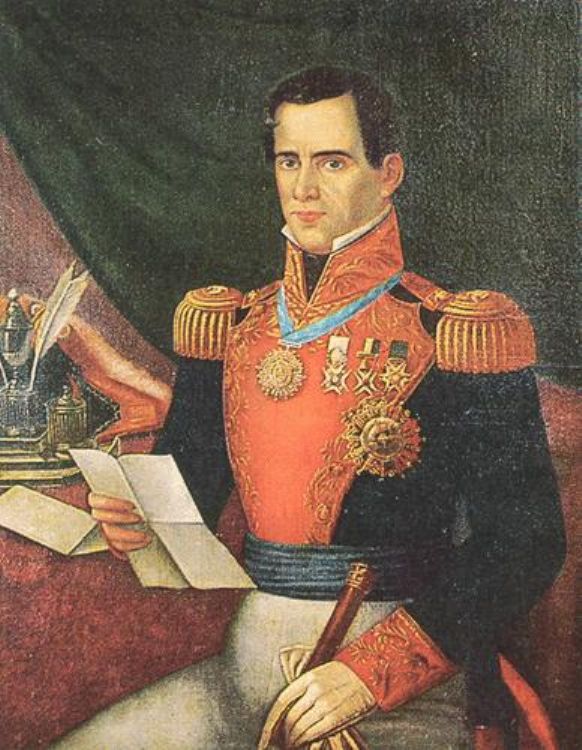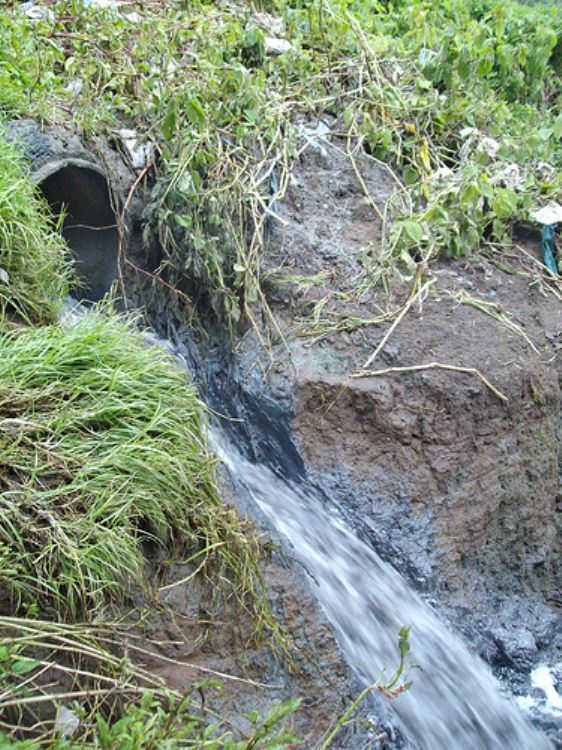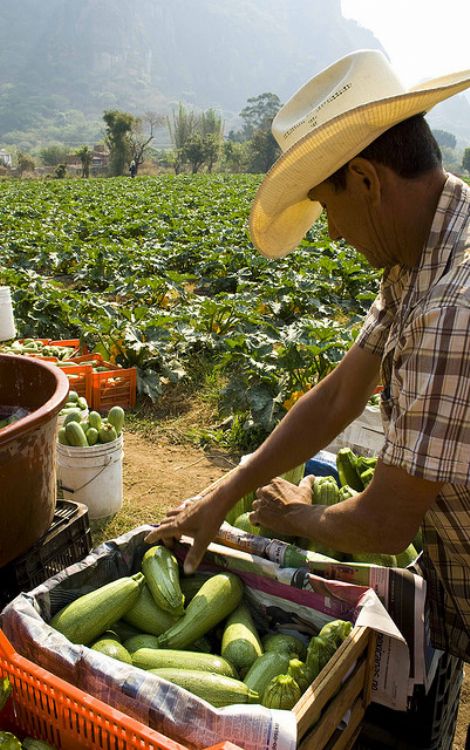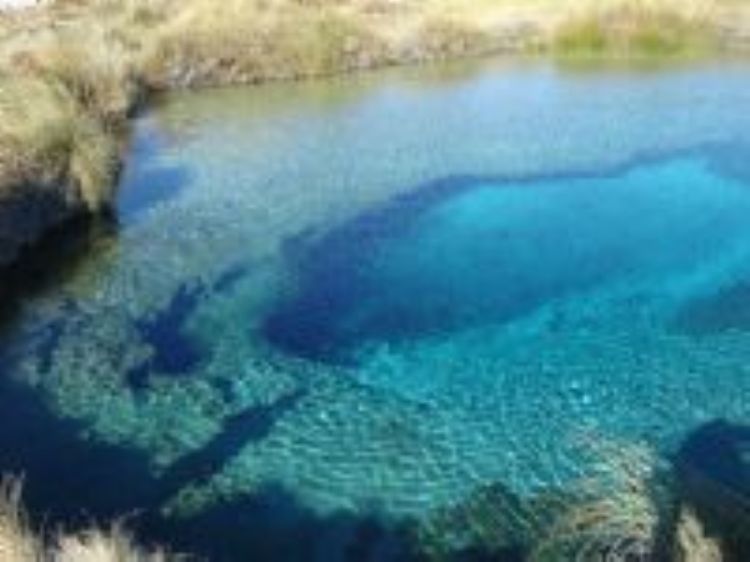Recently Added World Heritage Elements in Mexico
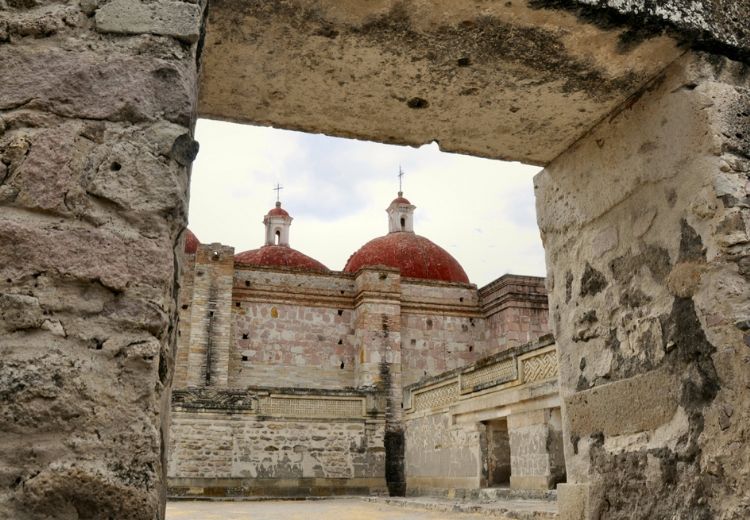
As we know, this year new Mexican elements were added to the already long list of cultural world heritage by UNESCO. This includes intangible elements as well as natural and cultural ones. These elements are:
The Parachicos traditional festival:
This is a traditional festival held in the state of Chiapas, more specifically at the Chiapa de Corzo village. It is an ensemble of indigenous and religious traditions because of its origins which are said to have been a tribute to the resistance of the native inhabitants of the region to being conquered by the Spanish. As of today, the festival is held to honor San Antonio Abad, San Sebastian and the Lord of Esquipulas (the Black Christ). The Parachicos (a way of referring to the dancers that participate in the celebration and also to the dance itself) have a cap simulating a blonde wig, silk scarves, a mask with European features, two bandanas (one used to hold the mask) and other elements. The festive atmosphere fills the whole town with music and food, starting on January 4th until the 23rd every year.
Traditional Mexican Cuisine:
This is perhaps the most celebrated addition. In 2006 there was an attempt to add it as Intangible Heritage of Humanity, but the bid was rejected for having the wrong âmotivationâ in its approach. Mexican cuisine has its main base in corn, beans and chili pepper, but thereâs more to it as the ingredients used in our country are many and vary depending on the region. As an example, the state of Michoacán will need to have a government sponsored program to promote and protect their cuisine, thanks to UNESCO.
Pirekua:
The Pirekua is a Purépecha song from the state of Michoacán, with an influence from Europe, Africa and the region itself. The songsâ rhythm is usually slow and the number of performers varies. There are several accompanying instruments amongst them, mostly of string and wind. As an indigenous tradition, the main transmission route (and almost the only one) is oral. To give you an idea of how the song sounds, we recommend watching this YouTube video:
http://www.youtube.com/watch?v=OGY8qF5Xt6Y
Yagul and Mitla prehistoric caves:
They are archaeologically important since the first traces of man as a farmer in America were found there: 10.000 years old Pumpkin seeds. However, the site includes not only the caves themselves, but also the archaeological remains and stone engravings. This site is still under exploration, so we could soon learn of new discoveries. It is located in the state of Oaxaca, in the Tlacolula Valley.
El Camino Real de Tierra Adentro: (The Royal Road of the Interior Land)
It is a thousand miles log historic route originally used during the colonial era. The trail was also important for the United States between the sixteenth and nineteenth centuries as different exchange products passed through here. Minerals such as silver and mercury travelled through el âCamino de la Plataâ (The Silver Road). It crosses different places and towns worth seeing, going originally from Mexico City to Santa Fe in New Mexico. Itâs currently the subject of a tourism promotion program by the Mexican government and of a research program by the National Institute of Anthropology and History in Mexico, the INAH.
Article produced by the Editorial Team of "Explorando Mexico".
Copyright Explorando México, All rights reserved.
Photo: RussBowling

